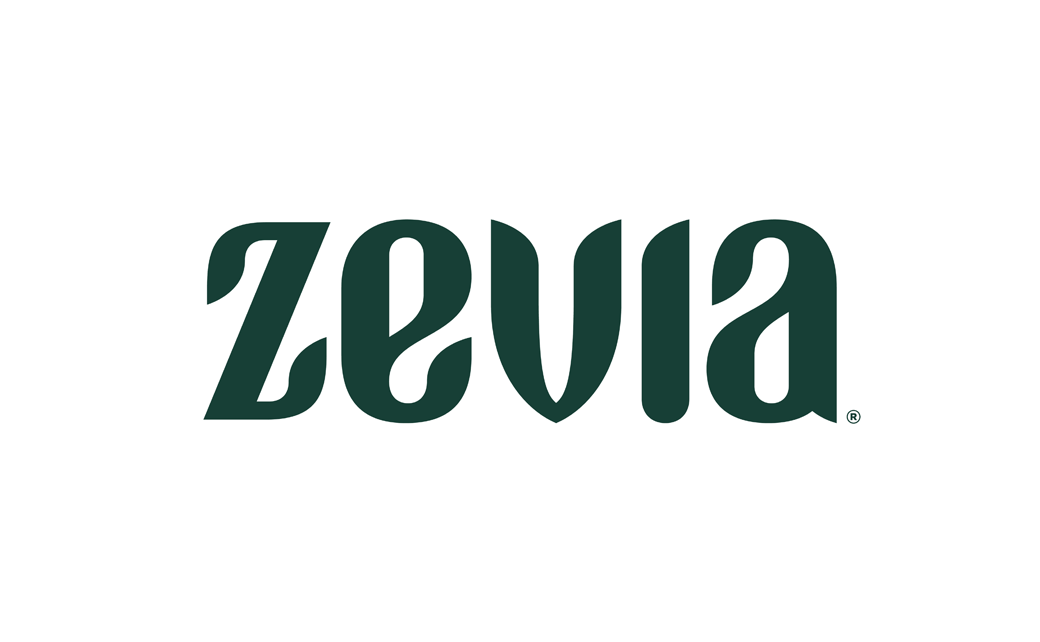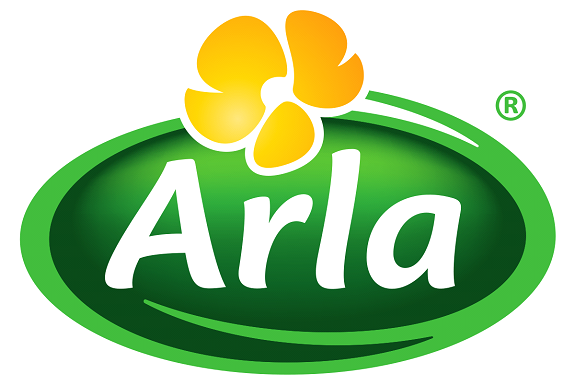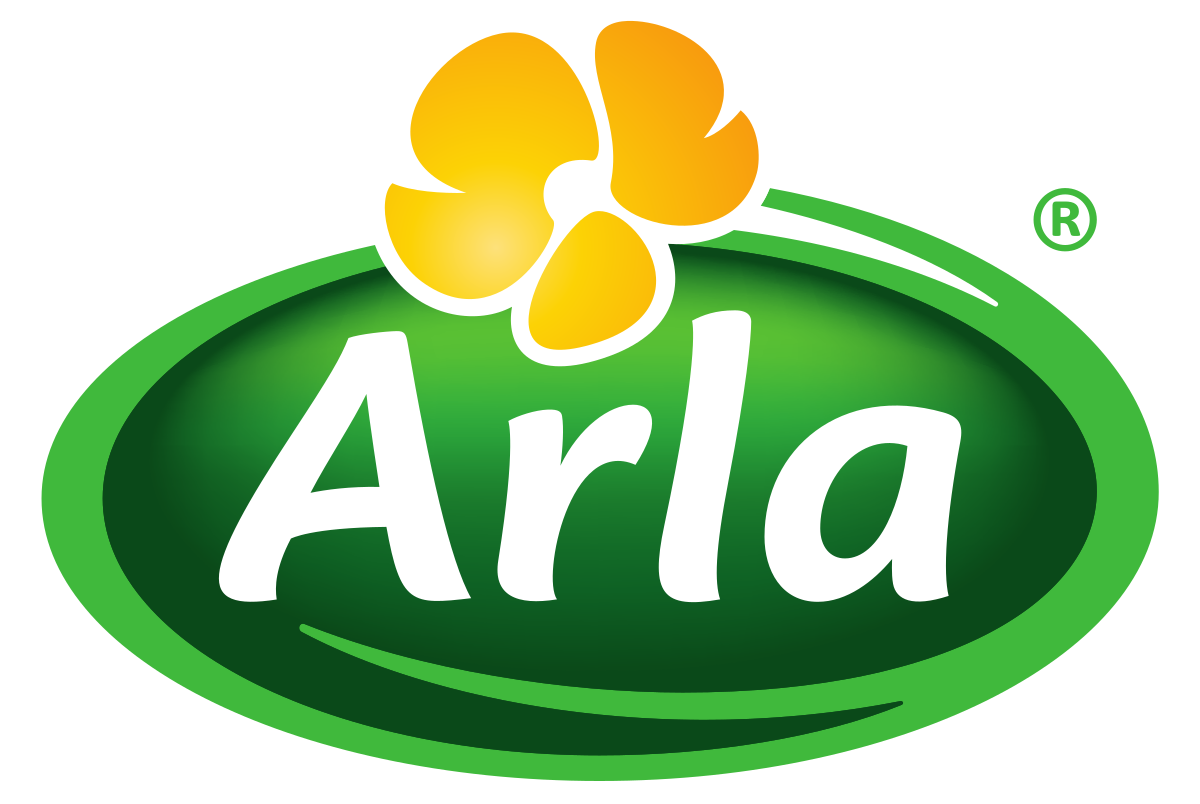Employee Retention in the CPG Industry: Why It Matters
Why Employee Retention Is Crucial Did you know that retaining employees can save your company millions and drive innovation? Employee retention is a critical aspect of the CPG (Consumer Packaged......
View ArticleBridging the Gap Between Internal Equity and External Hiring
When it comes to making hiring decisions, the debate between internal equity and external hires is a hot topic in the professional realm. The dynamics of internal equity, especially when hiring......
View ArticleOur Impact
In 1995, our founders embarked on a journey that would disrupt the status quo of the executive recruiting industry. We have been transforming companies and lives ever since.
9,395
First Round Interviews
3,000+
Total Placements
47%
Diversity Placements
$700M
Economic Impact
Brent Albertson
CEO, Zing Zang LLC
“ Our experience with Protis Global has been very positive. They have strong multi-industry CPG experience and understand our business model and standards. They know the difference between an “A-player” and a “B-player” in several functions, and the honesty around that standard helps us move faster. Mike and team set up a great process, especially in early canvassing and vetting that helps our leaders engage at the right time and make decisions fast. ”

Colin Nolan
Executive Vice President, Mark Anthony Brewing Inc.
“Protis Global’s approach to talent acquisition is marked by diligence, transparency, and a genuine dedication to client satisfaction. Their strategic insights and personalized service have made a substantial impact on our organization, ensuring that we always have the best professionals driving our initiatives forward. The team at Protis Global demonstrates a keen ability to identify individuals who not only possess the requisite skills but also align seamlessly with our company culture.”

Hilal Tabsh
Chief Revenue Officer, Glass House Brands
“Over the last 10+ years my experience with Michael Bitar and the Protis Global team has been exceptional across multiple industries. Michael and his team work to get to the true needs of my hiring plan and partner with us throughout the process. They understand our business, company culture, what success looks like, and then propose candidates that will produce results while also fitting into our team dynamic. Overall it’s a great team and experience and I would recommend to anyone looking to hire top-notch quality candidates reach out to Protis Global and Michael Bitar.”

Peter Iglesias
Chief Executive Officer, Bespoken Spirits
“I highly recommend Protis Global as a top-notch recruiting agency. I have had the pleasure of working with them for the past 15 years, both as a candidate and employer in the Spirits and Wine industry. In my 25 years of experience, I have found Protis Global to be the most efficient and effective recruiting agency I have ever dealt with. Protis Global has consistently come through for me in the clutch, providing exceptional professionalism and execution in job searches and placements. Their dedication to finding the right fit for both candidates and employers sets them apart from other agencies. I have always been impressed by their ability to understand the needs of both parties and successfully connect them in a timely manner.”

Soley Van Lokeren
SVP, People
“I have been in the field of human resources for over thirty years, in executive level roles both in-house and in outsourced positions. Michael Bitar is my favorite talent acquisition professional with which I have ever worked. He cares deeply about building a relationship with his clients, learning their business, culture, challenges, and truly understanding the needs of a role requisition. His approach is mirrored by the rest of the Protis team, who are courteous, thorough, and who make you feel like you are their only client. Protis successfully delivered hires for our Chief Commercial Officer role and for three key challenging roles (in both Marketing and Sales). They are simply – the best!”

Brian Kuz
Chief Sales Officer
“Protis is unique in their go-to-market strategy in that they not only find the right candidate for the role, but they find the right opportunity and company for the candidate. Protis Global looks for people who are ready to make a change...I will continue to recommend Protis Global as one of the best placement agencies in the World, as I have worked on every continent and have dealt with the big executive placement firms and the boutique ones. Protis shines above all, and as long as I am hiring, I will continue to go to Protis Global first, if not exclusively.”

Chris Hall
CEO, poppi
“Partnering with Protis Global has been a game-changer for poppi. They understood our vision and the unique challenges we faced as a rapidly growing brand. Their expertise in executive search helped us find the right leaders who not only fit our culture but also brought the skills and passion needed to drive accelerated growth. The Protis Global team actively took our feedback and adapted the search so that we could focus on what we do best – creating innovative, healthy beverages that our customers love. They’ve truly become an extension of our team, and we couldn’t imagine achieving our success without the team members they helped us to bring aboard.”

Chad Palma
President of Sales, Spindrift
“Michael Bitar and the Protis team have been such a pleasure to work with over the years. Not only do they do amazing work with recruiting but we have also developed a partnership between our two companies. Michael and his team provide a crucial role in reviewing my hiring needs at the beginning of each year. Once the review is complete, Michael begins searching for quality candidates that fit the role and culture for Spindrift. He and his team do an outstanding job of finding the right candidates for the position in need. I highly recommend Michael and the Protis team for your hiring needs.”

John Sacksteder
President, Mark Anthony Brewing Inc
“From the start, the relationship with Protis Global was different than other recruiting firms. The team had a deeper level of commitment and desire to learn about our business than I had experienced with other firms. Our company was experiencing a time of exponential growth and our staffing needs were complex. We needed very experienced people across every possible function in the Operation and Supply Chain Teams and we needed them in a hurry. The Protis Global Team mobilized quickly and established a methodology to identify strong candidates and work them through the interview process in a professional and timely manner. Their grit, determination, understanding our needs and culture, sense of urgency and drive to exceed our expectations set them apart from the pack.”

Kathleen Hutchison
Senior National Account Manager at Arla Foods
“Kayla was awesome and very thorough in her vetting of candidates. She understood our brief as we were looking for candidates and helped to weed through those who were not a good fit for the role.”

Thomas Frisch
Chief People Officer at IJW Whiskey
“The team worked quickly and efficiently to find a unique position.”

Kim Nguyen
VP of Supply Chain at Lallemand
“Everyone involved was extremely helpful - Gary, Michael, Ben - thank you!! The team didn't only search for candidates based on the job description, but also the qualities that I look for in candidates.”

Shashank Gaur
VP of Product Technology & Innovation
“The interview process was smooth and extremely professional. Ben and team represented me as much as they represented the company.”

Jeremy Schulman
Regional Business Manager - Foodservice
“Consistent communication, updates, and detailed knowledge of the client. The whole experience was top notch!”

Blake T. Bermingham
Supply Chain Manager
“Very simplistic process finding the right role for the right candidate...keep up the great work!”

Don Stohrer Jr.
CEO, Arla Foods USA
“We’ve been a Protis Global client for eight years, and during this time have always appreciated the thoroughness of the recruitment process, as the candidates brought to us have been well-vetted, not only from a competency perspective, but more importantly from a [cultural] fit dynamic. Mike and the team have always been highly engaged to ensure they bring us candidates that match our culture. That’s been critical to the success of the candidates that have landed here by way of our relationship with Protis.”